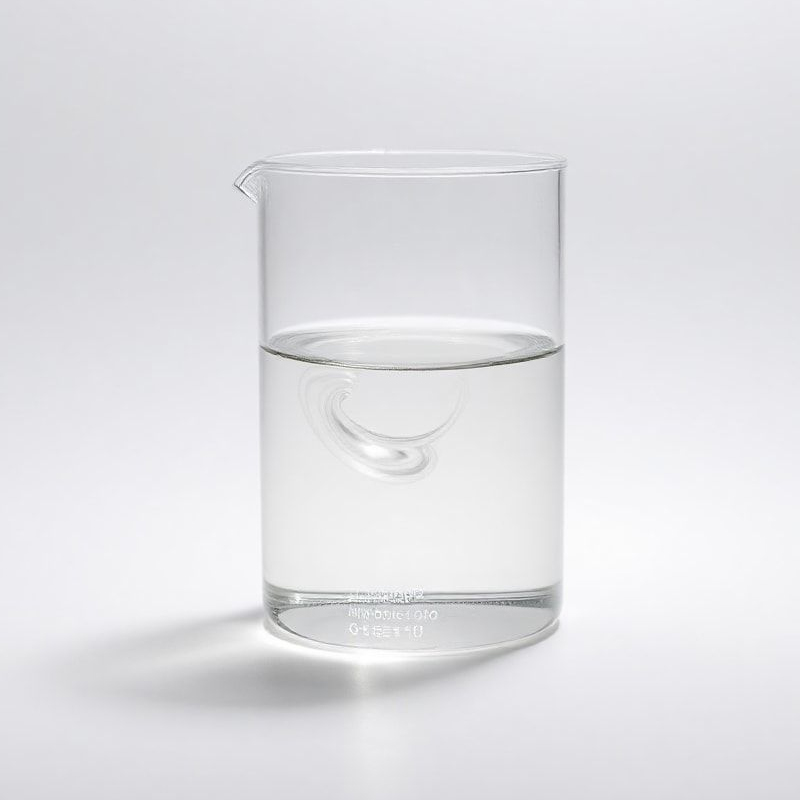Epoxy resin: definition, advantages and disadvantages, application areas and summary points
1. What is epoxy resin? Epoxy resin is a thermosetting polymer material generated by ring-opening polymerization of epoxy groups (-O-) and curing agents. Its molecular structure contains epoxy groups, which give the material excellent adhesion, mechanical properties and chemical stability. Epoxy resin usually exists in liquid form, and after adding curing agent, cross-linking reaction occurs to form a hard three-dimensional network structure. Epoxy resin is widely used in composite materials, coatings, adhesives, electronic packaging and other fields due to its high strength, chemical resistance and versatility.
2. Advantages and disadvantages of epoxy resin
Advantages Excellent mechanical properties High strength, high hardness, good wear resistance, suitable for structural parts and load-bearing materials. Strong adhesion Excellent adhesion to various materials such as metals, ceramics, glass, plastics, etc., suitable for adhesives and coatings. Good chemical resistance Good tolerance to acids, alkalis, salts and various solvents, suitable for anti-corrosion coatings of chemical equipment. Excellent electrical insulation Good insulation performance, widely used in electrical components and electronic packaging. Good dimensional stability Low shrinkage after curing, stable dimensions, suitable for precision parts. Versatility can be made into products with different properties (such as high toughness, high temperature resistance, flame retardant, etc.) by adjusting the formula.
Disadvantages Brittleness Poor impact resistance and toughness, easy to crack due to stress concentration, need to add toughening agent to improve. Insufficient weather resistance Easy to yellow and age under ultraviolet radiation, need to add antioxidants and ultraviolet stabilizers. Long curing time Some epoxy resins have a long curing time, which affects production efficiency. High cost Raw materials (such as bisphenol A) and curing agents are expensive, which limits their popularity in large-scale applications. Environmental issues Some epoxy resins and curing agents may release harmful substances (such as amines), and environmental protection treatment should be paid attention to.
3. Application fields Composite materials Aerospace: aircraft fuselage, satellite structure, high strength and light weight. Automobile manufacturing: body parts, bumpers, lightweight and impact resistant. Paints and coatings Anticorrosive coatings: chemical equipment, ships, corrosion resistance and strong adhesion. Floor coatings: industrial floors, parking lots, wear-resistant and easy to clean. Adhesive structural adhesive: used for bonding metals, ceramics, and glass, high strength and aging resistance. Electronic glue: circuit board packaging, component fixing, insulation and heat resistance. Electronic and electrical packaging materials: integrated circuits, LED packaging, insulation and heat resistance. Insulation parts: transformers, switch housings, high strength and flame retardant. Construction industry repair materials: concrete crack repair, bridge reinforcement, strong adhesion and durability. Waterproof materials: basement, roof waterproofing, weather resistance and chemical resistance. Crafts and model casting materials: jewelry molds, art sculptures, transparent and easy to shape. 3D printing: light-cured epoxy resin, high precision and smooth surface.
IV. Summary of key points Dimension Core content Performance advantages High strength, strong adhesion, good chemical resistance, but high brittleness and insufficient weather resistance. Processing characteristics Long curing time, need to add toughening agent to improve, high cost. Applicable scenarios High load, corrosion-resistant environment (such as aerospace, electronic packaging), avoid high impact or long-term outdoor exposure scenes. Environmental protection requires the control of the release of harmful substances, and environmentally friendly epoxy resins and curing agents need to be developed in the future. Economic cost is high, suitable for high value-added applications (such as aerospace, electronic and electrical).
5. Material selection recommendations Priority scenarios: Fields that require high strength, chemical resistance or bonding performance (such as composite materials, electronic packaging). Alternatives: Polyurethane or polycarbonate can be used for high-impact scenarios; polyester resin can be considered for low-cost scenarios. Future development: Focus on bio-based epoxy resins, low-toxicity curing agents, and high-performance modified epoxy resins to respond to environmental regulations (such as EU REACH).
